The short story has long been a staple of Australian literature but has had something of a rough ride in the past few years. Many publishers, averse to risk in the digital era, have taken the view that story collections don’t sell, unless they are from a writer who has already established their name as a novelist. So it is good to see Melbourne-based publisher Black Inc taking a chance with annual collections of short stories. The most recent, Best Australian Stories 2014, edited by respected writer Amanda Lohrey, shows that the form is not only alive but kicking, and kicking hard.
‘In some ways, the Australian short story is doing better as a literary form than the novel,’ Lohrey told The Spectator Australia. ‘Many publishers and novelists have retreated to what they see as the safer ground of the historical novel. I don’t know why, since there are plenty of interesting things to say about contemporary life. And in fact they are being said, in short stories.
‘A good part of the strength of the rising generation of good writers has to do with the excellent writing courses and classes that have developed around the country. It means that stories can be developed and polished, and that good writers can become better writers.’
The problem with putting the collection together was not finding material; Lohrey estimates that several thousand good-quality stories are written in Australia every year. She had about 200 that would have been suitable for BAS14, drawn from magazines such as Island, Overland, Kill Your Darlings, and Meanjin. She also looked at a variety of unpublished stories, and pieces that had been prominent in competitions. Her ‘long list’ of 70 was eventually refined to a final 23. She readily acknowledges that another editor might have made very different choices.
There is no over-arching theme to the collection, although there are recurring motifs. There are several stories about fatherhood, for example, and a number about children.
‘When you look at the collection you see a lot of angst,’ says Lohrey. ‘And that was the case with the long list, more or less. Not much in the way of overt humour – although there are some incidents of laugh-out-loud comedy in several stories in the final selection – and not a great deal of sex. There are several very good stories about the inner life of people who are not usually featured in literary fiction writing, which I see as an important emerging trend.’
BAS14 covers a great deal of narrative ground. In Shaun Prescott’s story, a prized coffee table becomes the unspoken focus of suburban anxiety. In Adam Narnst’s Blue People, a Gold Coast bouncer contemplates the violent, meaningless death of a policeman. In Too Solid Flesh, by Angela Meyer, an ageing actress is uncomfortably confronted by her own mortality, in the shapes of looming illness and a new grandson.
In other pieces, it is the narrator who provides the locus of empathy. An indigenous boy is literally consumed by his island home in Submerging. Another boy observes, but does not understand, the encroaching destruction of his family, in Mrs Sunshine. The narrator of Claire Corbett’s story is a remarkably erudite snake, reiterating Lawson’s The Drover’s Wife from the other side of the woodpile.
Several stories drift towards surrealism. In the troubling Civility Place, corporate-lawyer-turned-writer J.Y.L. Koh tells the story of an anonymous worker in a 1200-level glass skyscraper as they slowly lose their grip on sanity, eventually taking an elevator into the sky and beyond. In Claire Aman’s What I Didn’t Put In My Speech, the narrator reveals how she brought a friend out of a coma by taking their souped-up car and driving it really, really fast. In the story Just Like Us, an über-trendy couple is willing to sell not just their house but their entire lives, including their designer children, as long as the buyers can meet their strict, fashionista standards. In This Is What You Are. You’ll See. the narrator loses their mind, in an entirely literal way, and is happy to see it go.
A fascinating story, The Panther by David Brooks, treads the thin line between reality and fantasy. The narrator, who bears a striking similarity to Brooks, finds that he is being followed by a beautiful, not unfriendly panther, an animal that may or may not have escaped from a painting. It is a rural myth turned inside-out for an urban context, and the strange tale is held together by Brooks’s graceful, poetic writing. It ends sadly – how could it not? – and stays with the reader for days afterwards.
‘The collection shows the breadth of the spectrum,’ says Lohrey, ‘from Brooks’s elegant manner to very spare, compact stories. There are a lot of striking voices.’
Lohrey has already started assembling next year’s collection. The number of good stories is increasing, she notes: the editing is becoming harder. Which, she says, is a good thing to see, in the larger picture. Lohrey makes the point that many of the story writers she has encountered are fairly young, with many productive years ahead of them.
‘I hope that some of them stay with the short story form, and develop it to an even higher level,’ she says. ‘Those who plan to move onto longer forms have a good basis for it. They have shown themselves to be smart, creative, and willing to take risks. That’s what Australian literature needs.’
Got something to add? Join the discussion and comment below.
Get 10 issues for just $10
Subscribe to The Spectator Australia today for the next 10 magazine issues, plus full online access, for just $10.
You might disagree with half of it, but you’ll enjoy reading all of it. Try your first month for free, then just $2 a week for the remainder of your first year.

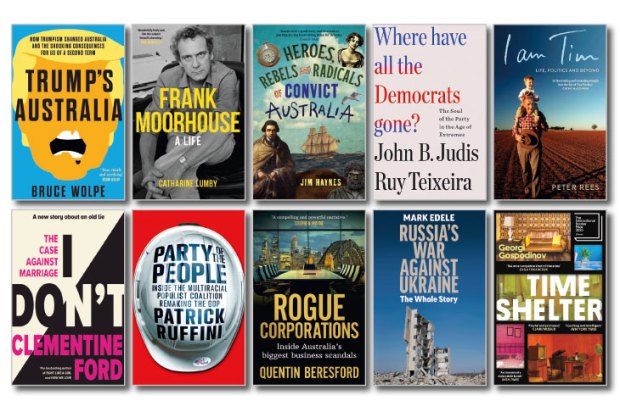
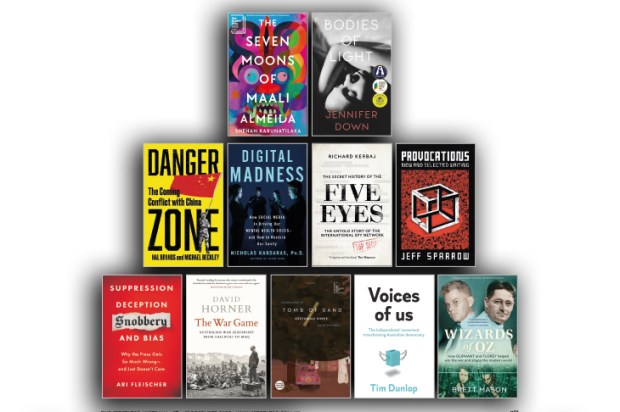
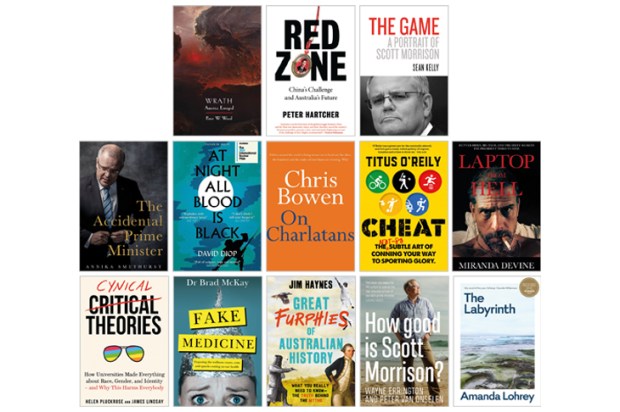

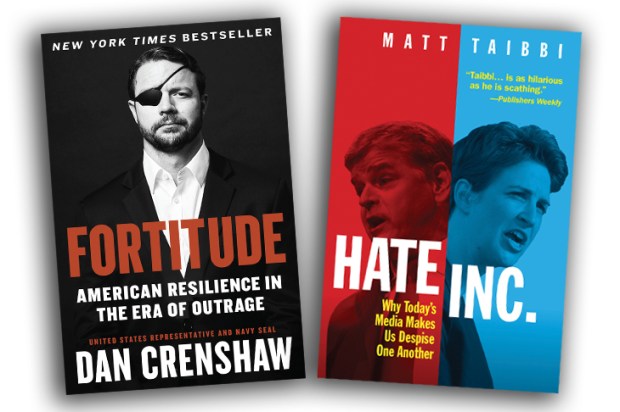
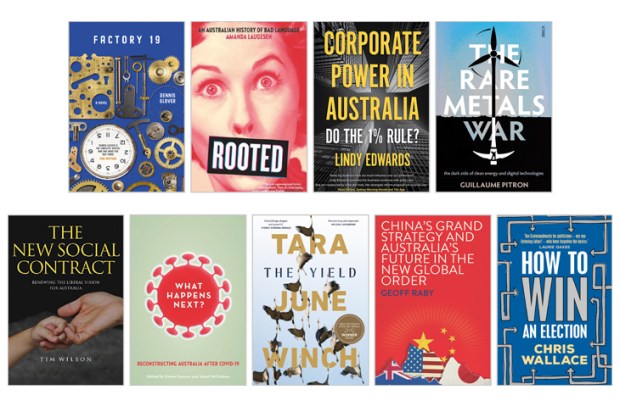






Comments
Don't miss out
Join the conversation with other Spectator Australia readers. Subscribe to leave a comment.
SUBSCRIBEAlready a subscriber? Log in